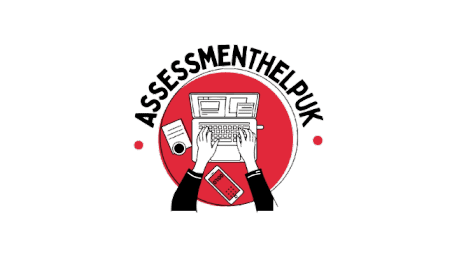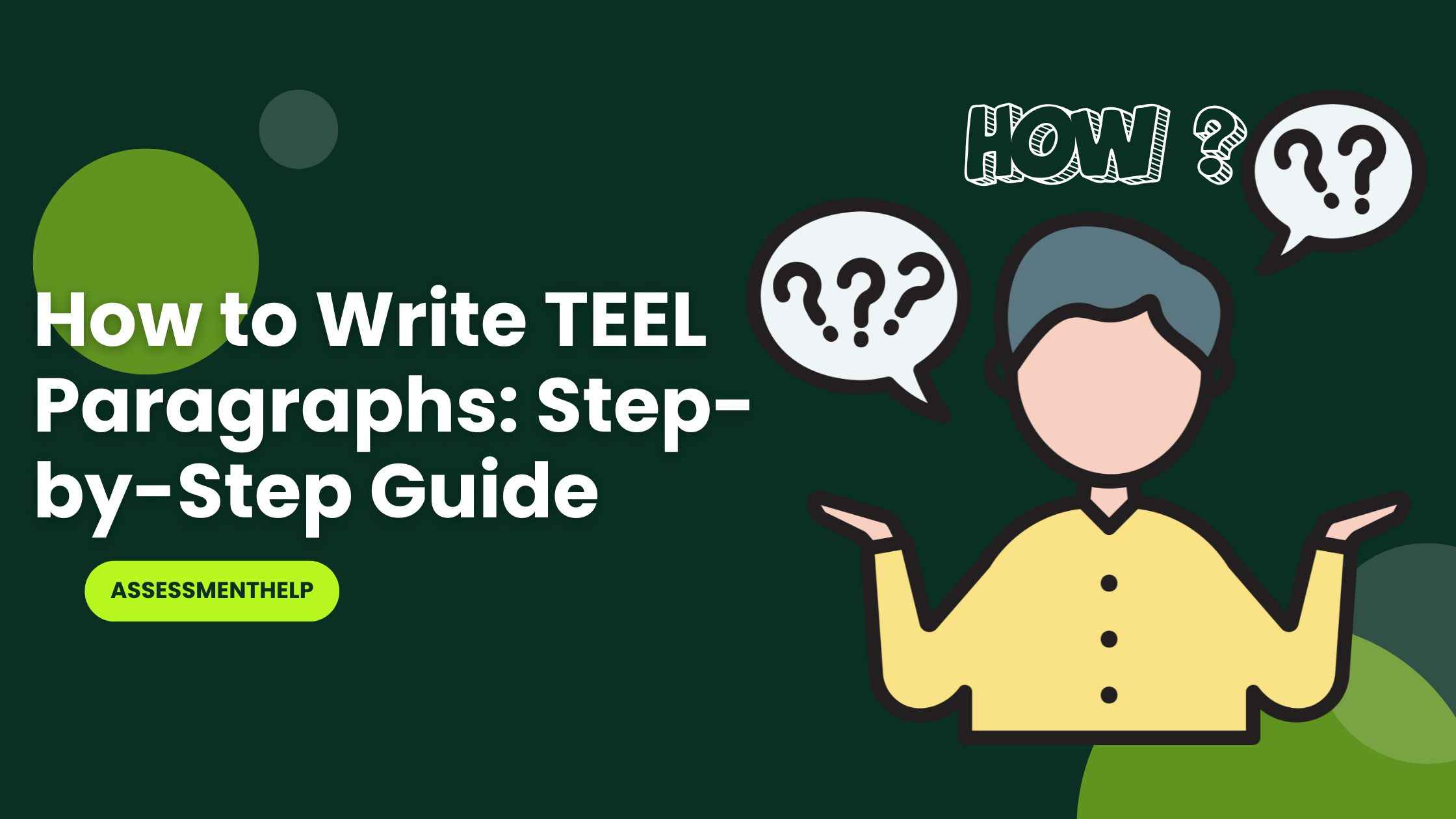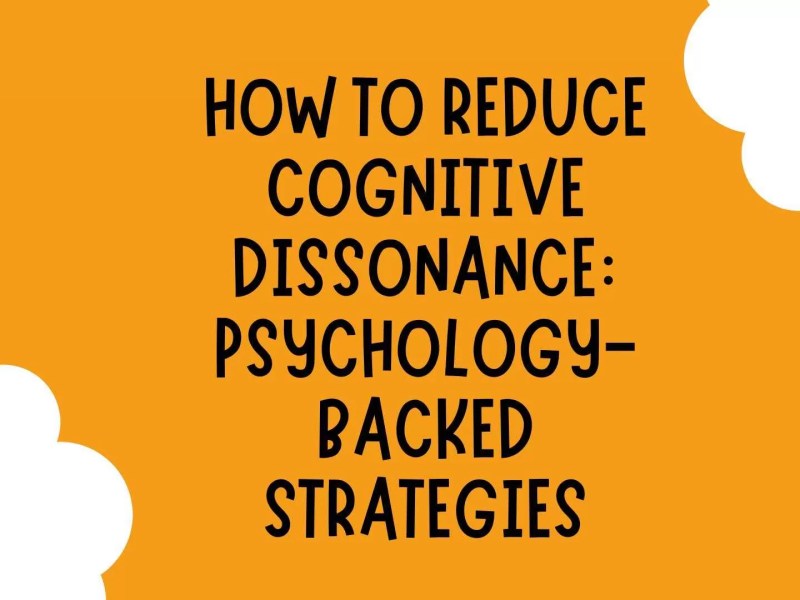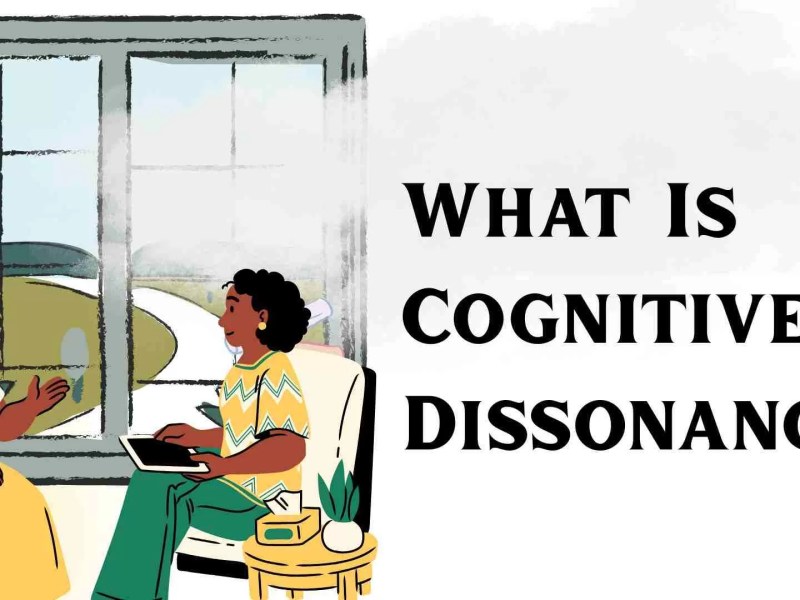When doing academic writing, the two main core components are clarity and structure, which keep everything aligned and easy to understand for the audience. Regardless of how engaging your thoughts and insights might be, if they aren’t delivered in a way that engages the audience, the reader will feel lost. To cater to that, the TEEL paragraph does the job perfectly! It is a strong writing framework that is purposefully meant to support students to write clearly, logically, persuasively, and constructively. By going with a certain sequence, you are going to ensure that each paragraph serves a very brief and clear purpose in your writing, and it flows all naturally into the next.
For an easy structure, TEEL stands for:
- T: Topic sentence, basically introduces the central idea of the paragraph.
- E: Explanation, expands on the idea, provides all the relevant details, and context.
- E: Evidence offers solid structuring, such as data, quotation, to support the point.
- L: Link, ties up the paragraph to the central thesis or transitions to the next argument.
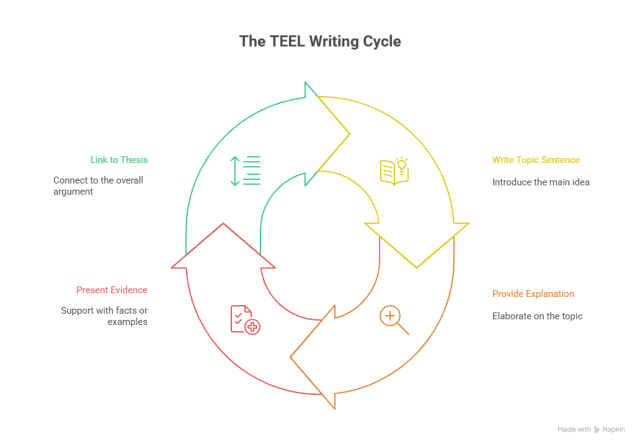
Why TEEL is a Trusted Academic Writing Tool
In the UK’s education system, usually at the GCSE, A-Level, and on the university level, students are likely to show their critical thinking, logical statements, and evidence-based argumentation. Luckily, TEEL provides a ready-made blueprint that is ever ready to meet these expectations.
Instead of going with the paragraph having poor to no structure or relying on the statements that aren’t valid, TEEL allows you to present one idea at a time, explaining its further importance, supporting and structuring it with a completely sound proof, and linking it back to the bigger picture. Definitely, this not only improves your grade but also enhances your writing experience, which makes it optimal for readers to read it.
How TEEL Differs from Other Paragraph Models
You might have heard of various other paragraph structures, such as the PEEL (Point, Evidence, Explain, Link) or the SEEL (Statement, Explain, Example, Link). While these may sound similar, TEEL is totally unique because it keeps the explanation right before the evidence. This subtle and small change in the sequence can make a significant change, such as:
- It allows the reader to fully understand your reasoning before you present proof.
- It makes arguments sound more natural and persuasive.
- It prevents evidence from feeling disconnected from the point you are trying to make.
In easy words, TEEL builds a complete, sound, and logical structure right between your main idea and your supporting proof, making it much easier for the readers to follow your thought process.
Why Learning TEEL is Worth Your Time
Once you get a good command of the TEEL structure, you can apply it to any form of academic writing, whether it be literature essays, business case studies, scientific reports, or even law assignments. It’s a must-have tool that sharpens your ability to think analytically and always communicate effectively. TEEL always helps you to stay on track. Many students, even the high achievers, lose their grades not because of having weak ideas, but because they’re presented in the most confusing way. TEEL eliminates that risk by guiding you step by step through a clear and proven format.
Breaking Down the Four Elements of TEEL
T – Topic Sentence: Setting the Direction
The topic sentence is the starting and basic foundation of any strong paragraph. It tells readers exactly what they can expect in the paragraph and what it will focus on, and sets the stage for the ideas to follow. Take it as a small and brief introduction to a particular point in your essay, a well-cited topic should be more clear, concise, and relevant to your overall argument or thesis. It shouldn’t be too broad, which diverts the focus, nor should it be too narrow, which limits the discussion.
For example, if you are writing an essay about the impact of renewable energy on the UK economy, it’s preferred to open your paragraph with:
“The subtle expansion of renewable energy sources is playing an important role in strengthening the UK’s economic hub.”
This statement right there gives the reader a clear expectation about the paragraph’s context while leaving further room for elaboration.
E – Explanation: Expanding on Your Point
Once the topic sentence is all set, the explanation continues. This is the moment where you show your original narrative and help the reader to completely understand its importance. In this particular section, you further expand on the initial ideas by clarifying various terms, giving more context, and outlining the reasoning that pins your argument. Without having a strong explanation, your point may seem to be completely shallow or not too strong. Right here, the explanation works as a bridge between your claim and the proof that you are going to present later on. This step is crucial because it allows your reader to fully prepare themselves and accept the proof you are providing.
E – Evidence: Backing Up Your Argument
Evidence and proofing are what make your paragraph even more credible. Without it, even the most logically sound argument can be considered as an option. This stage usually involves presenting factual, research-based, or experiential proof to provide the right weightage to your point. Evidence here can take many forms, from statistics, government reports, quotes from subject experts, data from academic studies, or even the relevant case studies.
L – Link: Connecting to the Bigger Picture
Let’s talk about the final step, which is linking, or transitioning. Tying up your paragraph back to the main thesis gives a smooth flow to the next point. The link that you do here acts as a conclusion to your current idea, which reinforces its accordance with your overall argument while it makes way for what comes ahead.
Such sentences ensure that the paragraph feels more complete than ending without a context. It provides a solid bridge for the reader, which even leads them naturally to the upcoming section of your essay.
Why This Sequence Matters
The TEEL format works smoothly because it contemplates the way people process information. You start with the introduction, helping the reader to understand it, give them a logical statement to trust it, and then show how and why it fits perfectly into the bigger picture. Skipping any one of these stages can lead to a poor structure in the paragraph’s impact, either leaving it unclear, unconvincing, or giving it a feel of being too disconnected from your main argument.
How to Write a TEEL Paragraph Step-by-Step
TEEL structure isn’t only about knowing what each letter is meant for; it’s more about knowing how to apply, when to apply in your own writing for more clarity. By breaking down the simple process into some of the easiest and manageable steps, you can make your paragraphs sound more bold and confident, which looks more professional and logically more structured.
1. Understand the Question or Topic
So, right before you start writing, you need to have complete knowledge of your essay question or the point that you are going to make. Many students directly jump into the topic without assessing it, which drifts away from the original topic and leads to irrelevant paragraphs. This preparation makes sure that every part of your TEEL paragraph is made with your essay’s purpose, rather than going too far away from the topic.
So before you begin, be honest and ask yourself the following:
- What is the exact claim or argument I want to make here?
- How does this paragraph contribute to my overall thesis?
- What samples or data will best support my point?
2. Create a Strong Topic Sentence
The first sentence in your paragraph should be the point that grabs the attention, not only engages the audience, but also states the core idea. It avoids overcomplicating it with too much detail, which will be added later on in the paragraph with the authentic sources. Always remember, a weak topic sentence always fails to provide a clear direction and leaves the reader in confusion as to where you are drifting.
3. Build Your Explanation
After the topic sentence, you need to elaborate on it further. Explain the reasoning behind your statement, define any major key terms (if there are any) to provide enough context so that your reader fully gets the reason and the significance of your statement. The explanation should logically step into your evidence, making the audience accept the supporting materials.
4. Introduce Relevant Evidence
Your evidence should be able to directly reinforce your explanation. Depending on your subject, this can be either stats, quotes from credible experts, outcomes from experiments, or particular examples. Do note that the proof is incorporated into the sentence all contextually and naturally, rather than simply being a copy-pasted quote. This keeps the flow even smoother and maintains a soothing voice as the writer.
5. Back to the Main Argument
In this final section, you need to link the paragraph to your main thesis and provide a smooth transition to the next point. This creates a balanced verdict and avoids leaving your paragraph with unsure wording as to what readers can expect next. Here, the link wraps up the paragraph’s point and reinforces its relevance to the essay’s broader argument.
Why Following These Steps Works
When you apply these steps, each paragraph becomes a solidified unit of reasoning. The reader is never left confused about the core purpose, either with your logic or with the reasoning behind your claims, which are never left uncertain. With time, structuring your paragraphs like this becomes second nature, and you will find your writing being stronger, sharper, and more engaging among readers who will enjoy reading.
Common Mistakes to Avoid When Using TEEL
While the TEEL structure provides you with much more clarity and vision, many students still lose their marks because they make a very common mistake. Knowing these common loopholes can certainly help you avoid these gaps, which can weaken the impact of your writing, making sure that your paragraphs remain strong, persuasive, and engaging.
Mistake 1: Overly Broad Topic Sentences
The topic sentence should always be the first sentence and must be directly linked to the question or the ongoing argument. At times, students write incomplete statements that fail to give the reader a clear idea of the paragraph’s direction.
Mistake 2: Weak or Irrelevant Evidence
Not to forget about how important the backbone of the TEEL structure is, which is the proofing. But one thing, not all evidence is equally valuable. Avoid using stats that are no longer relevant, unverified sources, or unrelated examples that don’t clearly support your topic. Make sure that each and every piece is authentic, relevant, and referred to accurately.
Mistake 3: Skipping the Explanation Stage
This is something that is followed by many students, jumping straight to the evidence without explaining how the evidence supports the topic structure. This leaves the reader to make the connection themselves, which can make your argument sound much poorer. Always see what your evidence says, assess it, link it to your claim, and show why it’s valuable.
Mistake 4: Missing the Link Back
Forgetting to link your thesis or main argument is one of the most common and seen errors in TEEL writing. Without the clear connection, your writing can feel totally incomplete or disconnected from the overall essay. The linking section should not just summarise but also ensure that your paragraph plays its part to prove the central argument.
Master the art of the TEEL paragraph.
By avoiding such errors and making a consistent effort to avoid them nearly, you can ensure that your TEEL paragraph stays tight, persuasive, and academically sound. By knowing these details, you will help beyond just “following a formula” to create and write something that feels much more professional, compelling, and authentic.
FAQs
What makes a good teel paragraph?
Topic sentence, explanation, evidence, and link. Following this pattern makes a good TEEL.
What is the conclusion of a Teel paragraph?
The final concluding sentence often addresses the topic sentence directly and follows logically from the discussion. Topic sentences can also be linked to each other with the literature.
How do I introduce a quote in a teel paragraph?
The first time you use a quotation from a source in an essay, introduce the author and the work that the quotation is attributed to before you use the actual quotation in the essay.
What are the five rules of a paragraph?
- Be focused on only ONE main idea.
- Start with a topic sentence.
- Include three or more sentences.
- Be proportional to your paper.
- You begin a new idea or point.
- You want to contrast information or ideas.
- When you are ending your introduction or starting your conclusion.
